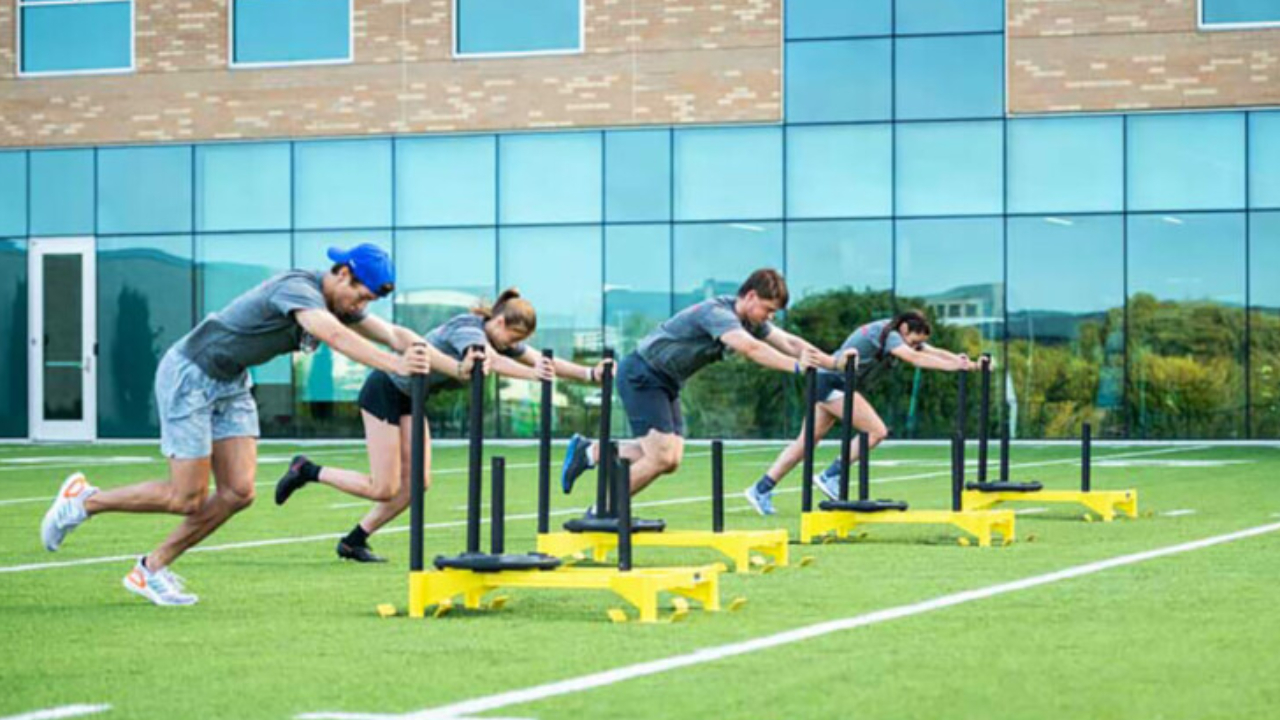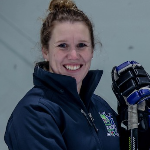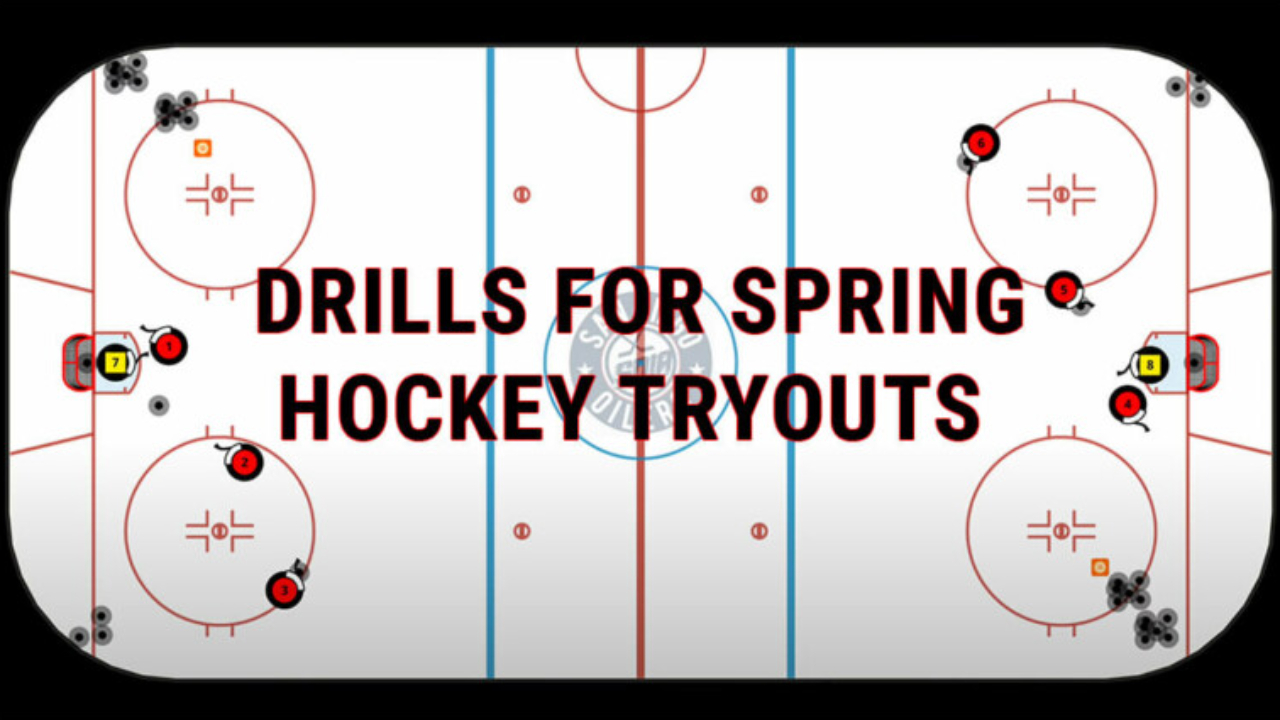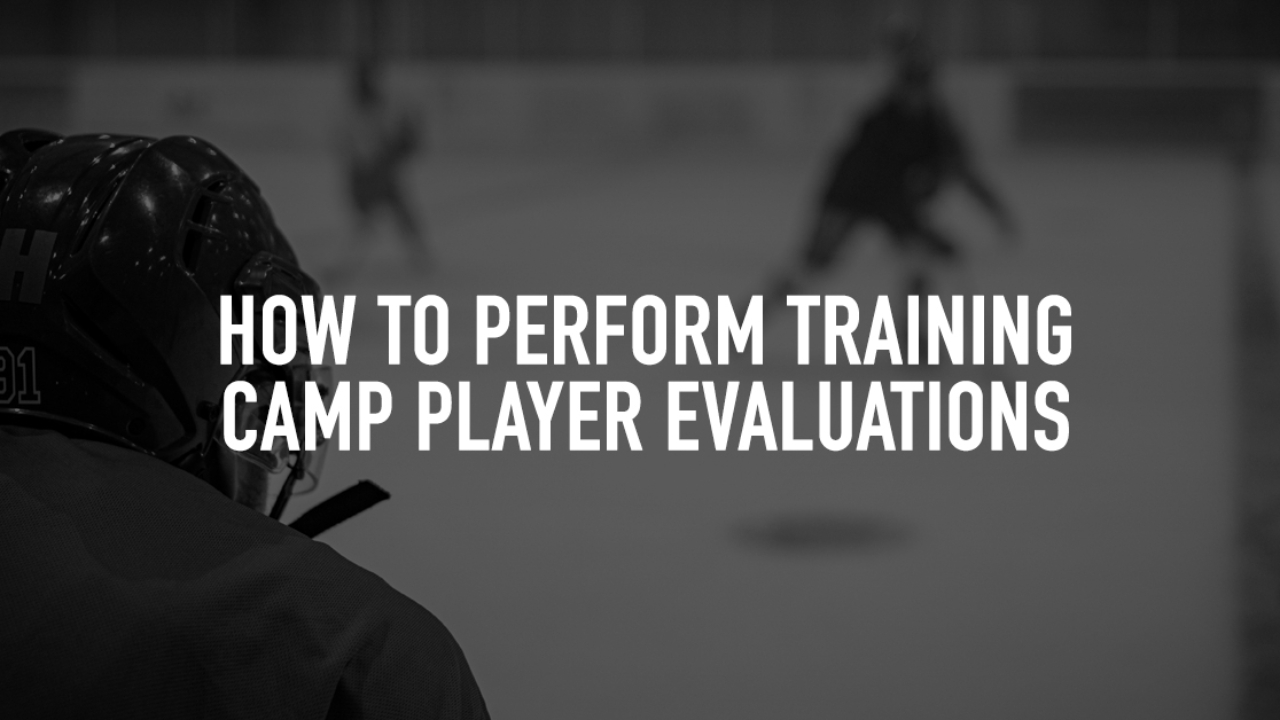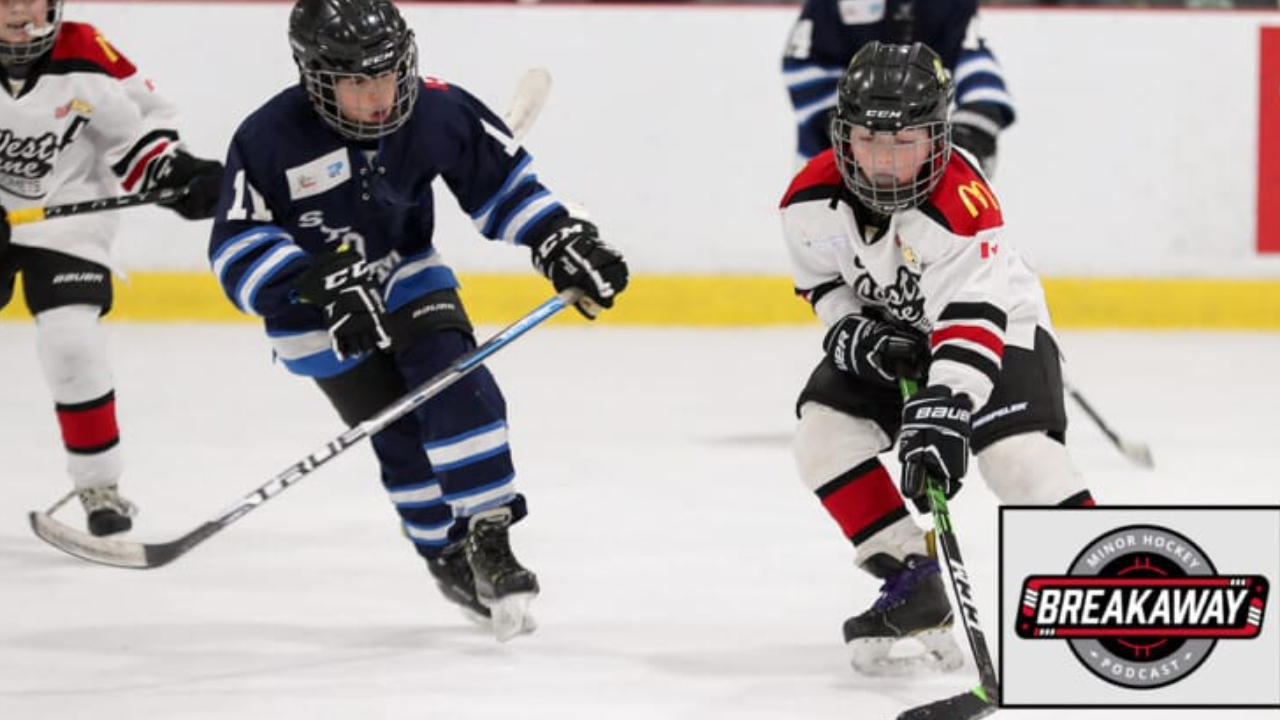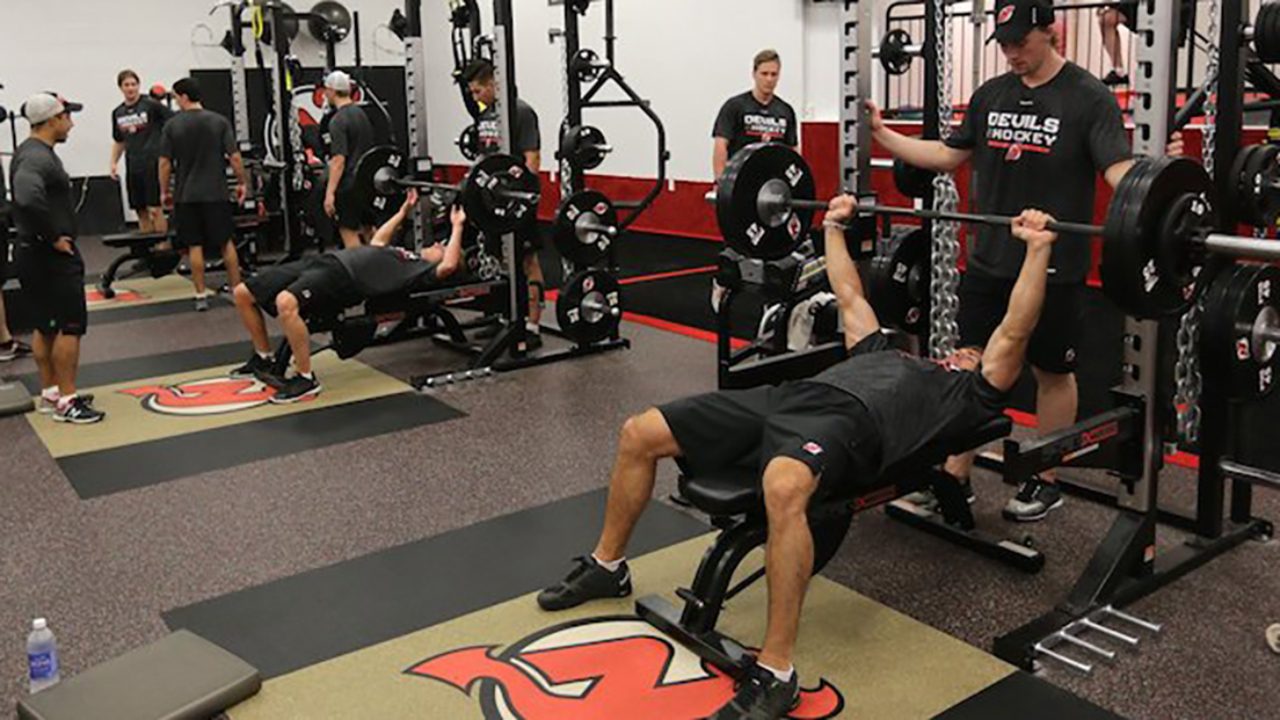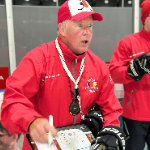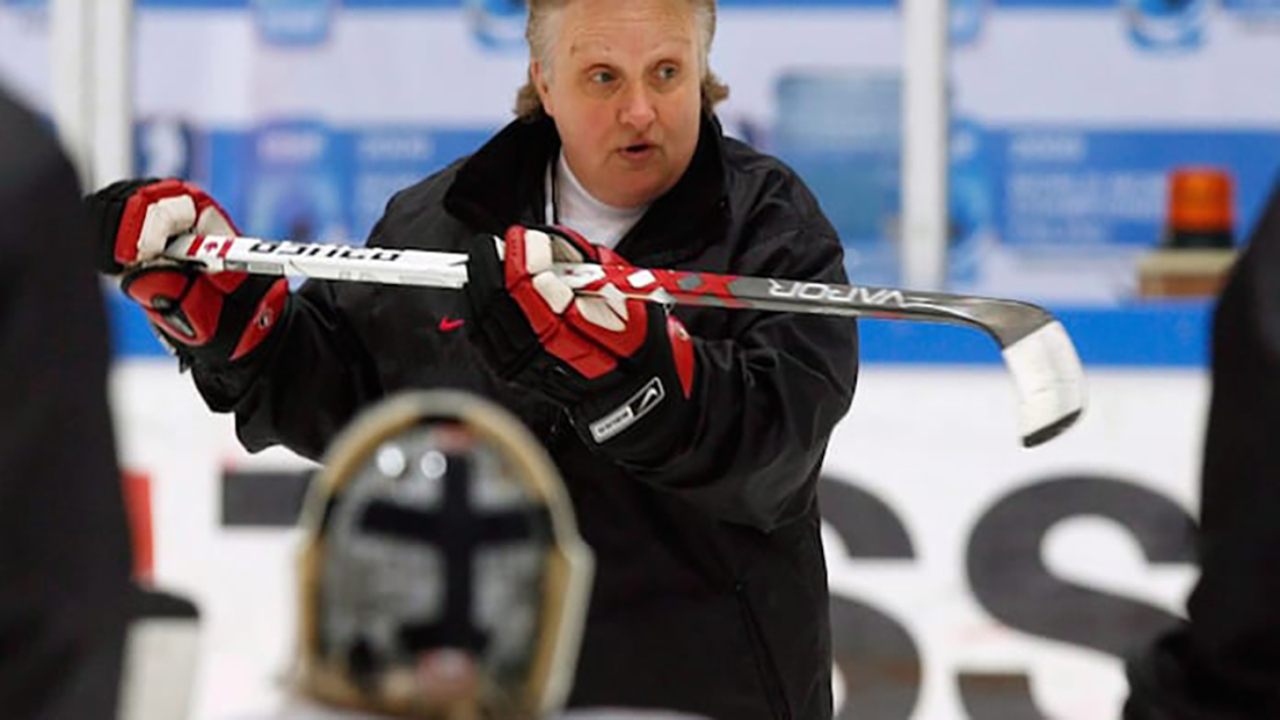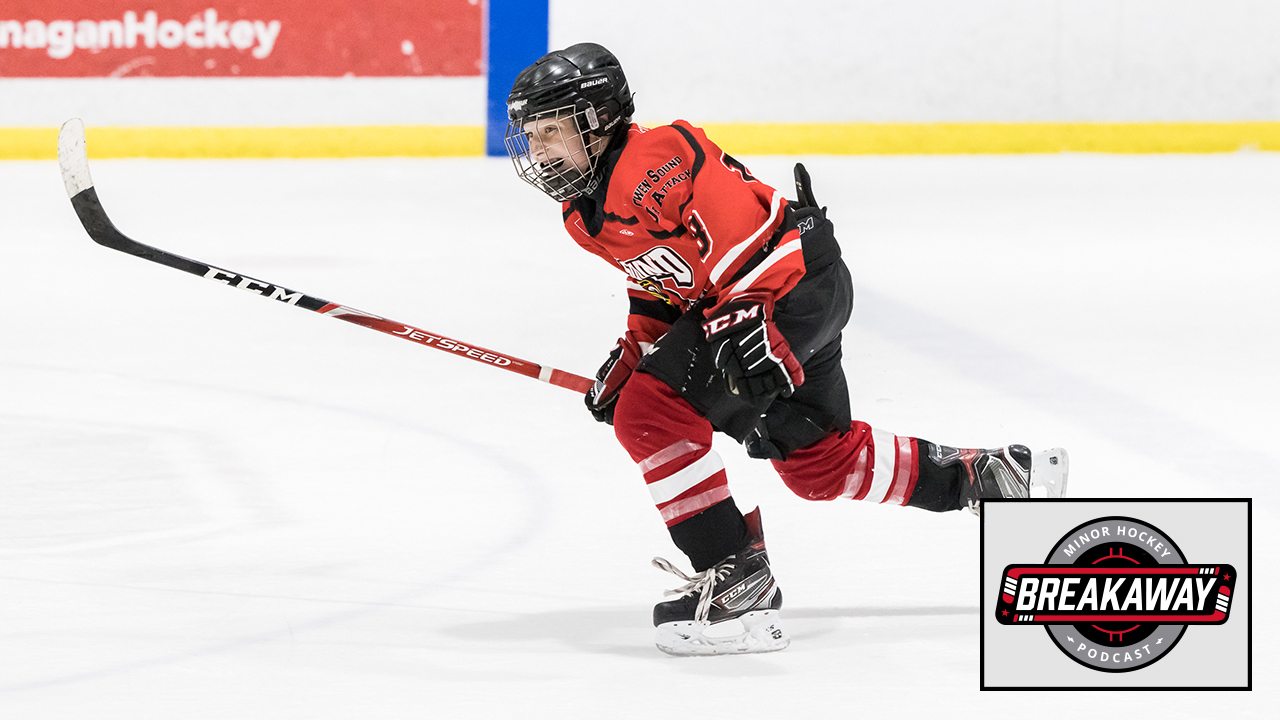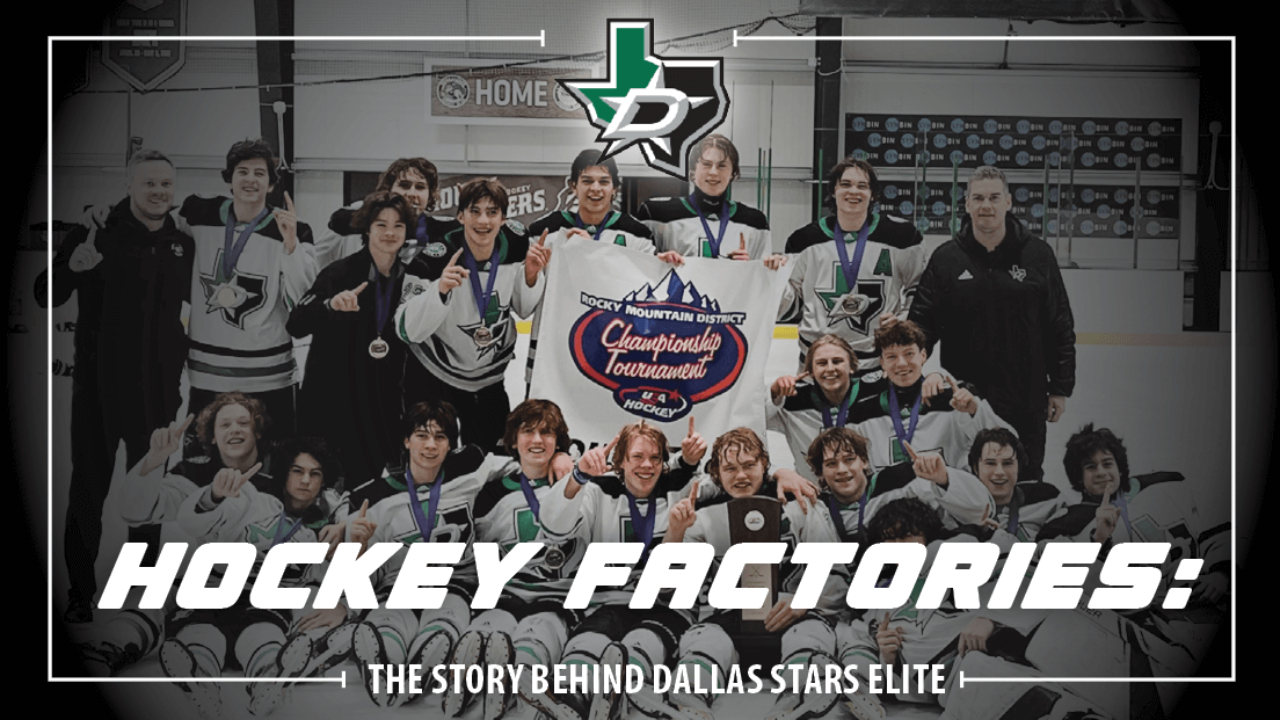
I feel like people being excited about spring Hockey and thinking ahead to the off-season of Hockey, it’s a good time to talk about things to consider with other sports.
Almost every high-level coach agrees on this: playing multiple sports and developing the complete athlete is one of the best things young hockey players can do. It builds athleticism, coordination, and competitiveness in ways that year-round hockey alone never could. But let’s be honest — that’s easier said than done these days. Every sport has expanded its season, practices run longer, and weekend tournaments are endless. For many families, it feels impossible to play more than one sport without burning out or breaking the calendar.
Hopefully, I can provide some clarity on how to navigate that.
Here’s the first thing to remember: your child doesn’t need to play elite-level other sports to benefit from them. If your son or daughter is already playing high-level hockey, it’s unrealistic in many cases to also commit to elite baseball, soccer, or basketball schedules that run six days a week. The goal isn’t to compete in everything — it’s to keep playing and to move their body in different ways.
For example:
-
The top baseball team might practice five or six times a week — likely too much if you’re also focused on training for hockey.
-
But a recreational baseball league that plays two or three times a week could fit perfectly.
-
Or, if your child loves the sport but the schedule doesn’t work, grab a glove and play catch in the yard, head to the batting cages, or organize a casual game with friends.
It’s not about the level, it’s about the movement. Baseball builds hand-eye coordination, rotational strength, and throwing mechanics — all of which transfer to hockey. The same goes for soccer (footwork, spacing, vision), basketball (decision-making, agility, body control), and even individual sports like tennis, golf, or martial arts that develop balance, discipline, and coordination.
One thing we’ve lost over time is unstructured play. You don’t see kids heading to the park as much anymore to organize games on their own. But that’s one of the best environments for real development. One of the many benefits of our program is you are around other like-minded athletes with similar Hockey schedules. If your hockey team practices with their team on Tuesdays and Thursdays, that leaves multiple days during the week where they can meet up with teammates to play a game of flag football, baseball, soccer, or basketball. Let them take the lead — figuring out teams, keeping score, learning how to compete and communicate without adult structure. Those moments are where creativity, problem-solving, and leadership grow.
There are also tons of low-commitment opportunities out there that parents can take advantage of. Most community centers offer open gym nights or drop-in sports like basketball, volleyball, or pickleball. They may not be elite, but that’s not the point — the point is movement, coordination, and fun. These sessions cost little to nothing and keep kids active while learning new movement patterns.
And then there are the individual options where kids can fully control their own schedule:
-
Golf – work on patience, rhythm, striking, body sequencing and precision.
-
Tennis or pickleball – build coordination, quick reactions, and quick footwork.
-
Martial arts – develop body awareness, strength, and discipline.
Finally, remember: there’s no rule that says kids can’t do both — structured hockey and self-directed play. On their “days off” from organized training, they can still go in the basement, garage, or backyard to shoot pucks, stickhandle, or do age-appropriate strength work. That’s still athletic development — and it helps them take ownership of their own progress and you can schedule that in on your own time, that works for you and your family.
The bottom line: multi-sport development doesn’t mean multi-elite commitments. It means giving your child opportunities to move, play, and learn in different ways. That’s what builds durable, adaptable, and confident athletes — and ultimately, better hockey players.



